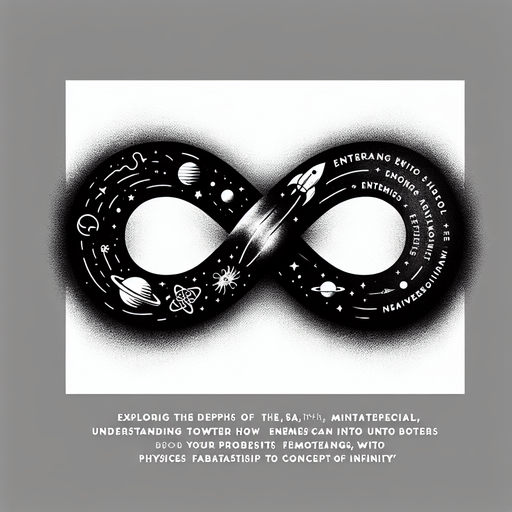Avogadro’s Number
A Constant To Bridge Micro and Macro Worlds
Imagine holding a single grain of sand and trying to count every atom inside it. Impossible, right? Yet, thanks to Avogadro’s Number—6.022 × 10²³—we can now bridge the invisible atomic world with the tangible, everyday one. This fundamental constant transformed chemistry by giving scientists a way to link microscopic particles to measurable amounts, turning the abstract into the practical.
The story begins in the early 19th century with Amedeo Avogadro, an Italian scientist who proposed that equal volumes of gases, under the same conditions, contain the same number of molecules—regardless of the type of gas. While groundbreaking, his ideas were largely ignored for decades. It wasn't until the late 19th and early 20th centuries, with advancements in atomic theory and experimental techniques, that Avogadro’s hypothesis was validated, and the number bearing his name was determined.
The discovery of Avogadro’s Number unlocked a crucial connection between atomic-scale interactions and real-world measurements. It allowed chemists to define the mole—a standardized quantity of particles—enabling precise calculations in everything from reaction rates to material properties. Suddenly, scientists could weigh a substance in grams and know exactly how many molecules were present, revolutionizing fields like pharmacology, materials science, and nanotechnology.
Today, Avogadro’s Number remains a cornerstone of chemistry, ensuring that even the smallest atomic interactions can be understood on a macroscopic scale. Whether designing new drugs, manufacturing semiconductors, or studying the origins of the universe, this constant continues to serve as a bridge between the seen and the unseen, proving that even the tiniest particles shape the world we experience.
Craving more? Check out the source behind this Brain Snack!


